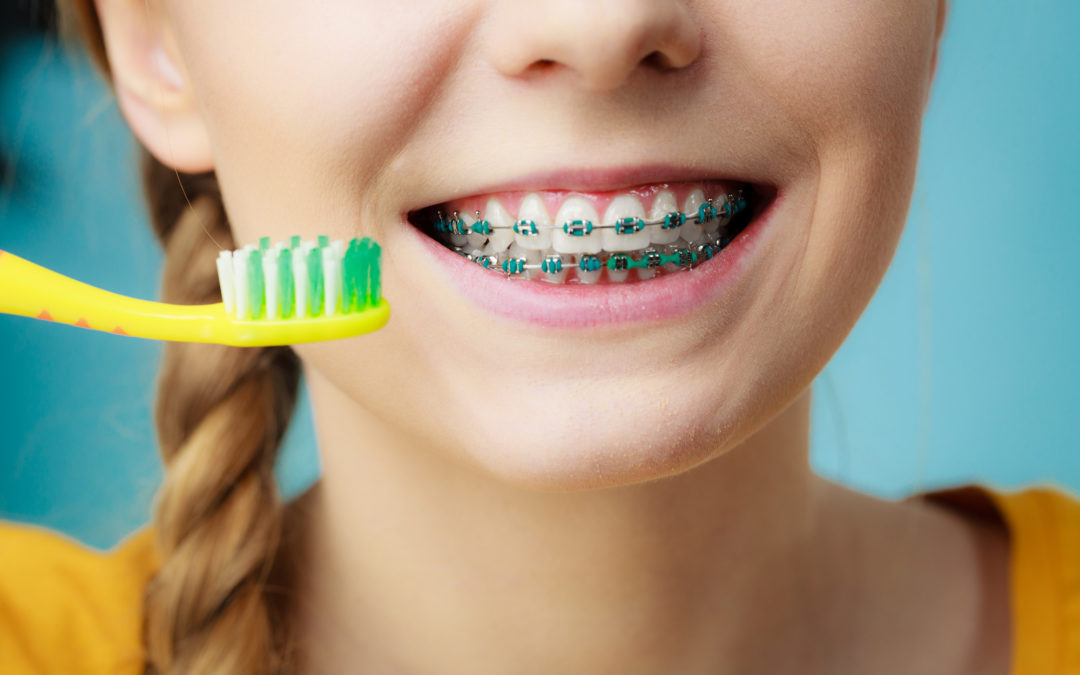Is it time for your child to get braces? Are you trying to decide between traditional braces and Invisalign? If so, then you’re in the right place. In this article, we’re going to discuss the merits and drawbacks of both options, helping you to decide which would better suit your child. Ready? Let’s get into the battle of traditional braces vs Invisalign.
The Pros of Traditional Braces
Traditional braces have been in use for hundreds of years and have more than proven their efficacy. Their positive attributes are as follows.
Capable of Straightening Exceedingly Crooked Teeth
Does your child suffer from exceedingly crooked teeth? If so, metal braces might be the only ones that work. These braces can be tightened and adjusted at different times as a means of shifting teeth slowly.
They can straighten teeth that are positioned at awkward angles and can slowly alter the positionings of blocked and impaired teeth.
Relatively Affordable
If you’re looking for the cheapest braces possible, look no further than traditional metal braces. On average, metal braces cost around $4,500 (as little as $3,000 and as much as $7,000). Insurance can often knock that price down even further.
Invisalign is a little more expensive, generally costing around $1,000 more than traditional braces (usually between $4,000 and $7,000). Note, though, that exact costs will vary based on the amount of straightening that needs to be done.
Can Be Decorated With Colored Bands
Traditional braces can be fun as well, as they can be decorated with different colored rubber bands. So, if your child wanted to, say, wear the colors of his or her school, metal braces would enable him or her to do so.
The Cons of Traditional Braces
Traditional braces are beneficial in a number of ways. However, they do have their cons. These include:
Aren’t Always Everyone’s Favorite Aesthetic
While traditional braces can be decorated to look more attractive, they aren’t exactly everyone’s cup of proverbial tea.
In fact, some kids are downright self-conscious over having to wear traditional metal braces. They are highly visible, after all, and will show any time your child has his or her mouth open.
Tend to Take Longer
If your child gets traditional braces, he or she is probably going to be wearing them for the next two years. This is the typical amount of time that traditional braces take in order to work their magic.
In case you were wondering, “Is Invisalign faster than traditional braces?”, generally speaking, the answer is yes.
The Pros of Invisalign Braces
Now that we’ve discussed the pros and cons of traditional braces, let’s move on to the pros of Invisalign braces. They include the following.
Doesn’t Affect the User’s Looks
Traditional braces have an obvious effect on their users’ aesthetics. They tend to stand out like a sore thumb.
Invisalign braces, on the other hand, blend right in with the look of natural teeth. Because they’re clear, and because they’re shaped like the teeth in the user’s mouth, they’re almost impossible to notice.
With Invisalign, your child will be able to walk around with his or her typical smile. Most passersby will be none the wiser.
Can Be Taken Out
Once you have metal braces on your teeth, they’re staying there for the next two years or so. You can’t take them off when you need to brush your teeth or eat.
The same is not true of Invisalign braces. Invisalign can be taken out as needed, and actually need to be taken out when it comes time for meals and tooth brushing sessions.
As such, Invisalign braces enable you to practice perfect oral hygiene and eat exactly as your desire. You don’t have to worry about hard or gummy foods causing them damage.
Don’t Take as Long
As was noted above, typically speaking, Invisalign braces work faster than do traditional braces. In most cases, they take only 12 to 18 months in order to work their particular brand of magic.
There is no other form of braces that acts this quickly. So, if you’re looking to get these off of your child as soon as possible, Invisalign is the best answer.
The Cons of Invisalign
Invisalign braces have many advantages. But they’re not without their cons. These cons include the following.
Are Relatively Expensive
Invisalign braces aren’t the most expensive braces out there, but they are more expensive than traditional braces. Generally speaking, you can expect to pay around $5,000 for Invisalign braces.
Note, though, that prices can vary. In the end, it’s dependent on the severity of your child’s malocclusion.
Aren’t Suited to Treat All Teeth
As was noted above, traditional metal braces can straighten teeth of all kinds. Regardless of the amount of crookedness that your child is facing, metal teeth can accommodate them.
Unfortunately, the same is not true of Invisalign. Invisalign only works for teeth that are relatively straight already. They’ll perfect slightly imperfect teeth but will not change the trajectory and angles of severely crooked teeth.
Can Be Lost
Because Invisalign braces can be taken out, they can also be misplaced and lost. This can be a problem for the less responsible individuals out there, and children tend to be a little less responsible than their adult counterparts.
Think of your child’s habits and personality to determine whether he or she can keep track of his or her aligner trays. If the answer is no, you’ll want to go with traditional braces.
Looking for a Pediatric Orthodontist in Dallas?
Have you made a choice between traditional braces and Invisalign? Looking for a pediatric orthodontist in Dallas?
We here at Dallas Children’s Dental Network are the people to see. We offer both traditional metal braces and Invisalign and have used them to treat countless children throughout the Dallas area.
Regardless of your preferences, our team can assist you. Contact us now to schedule an appointment!


Recent Comments